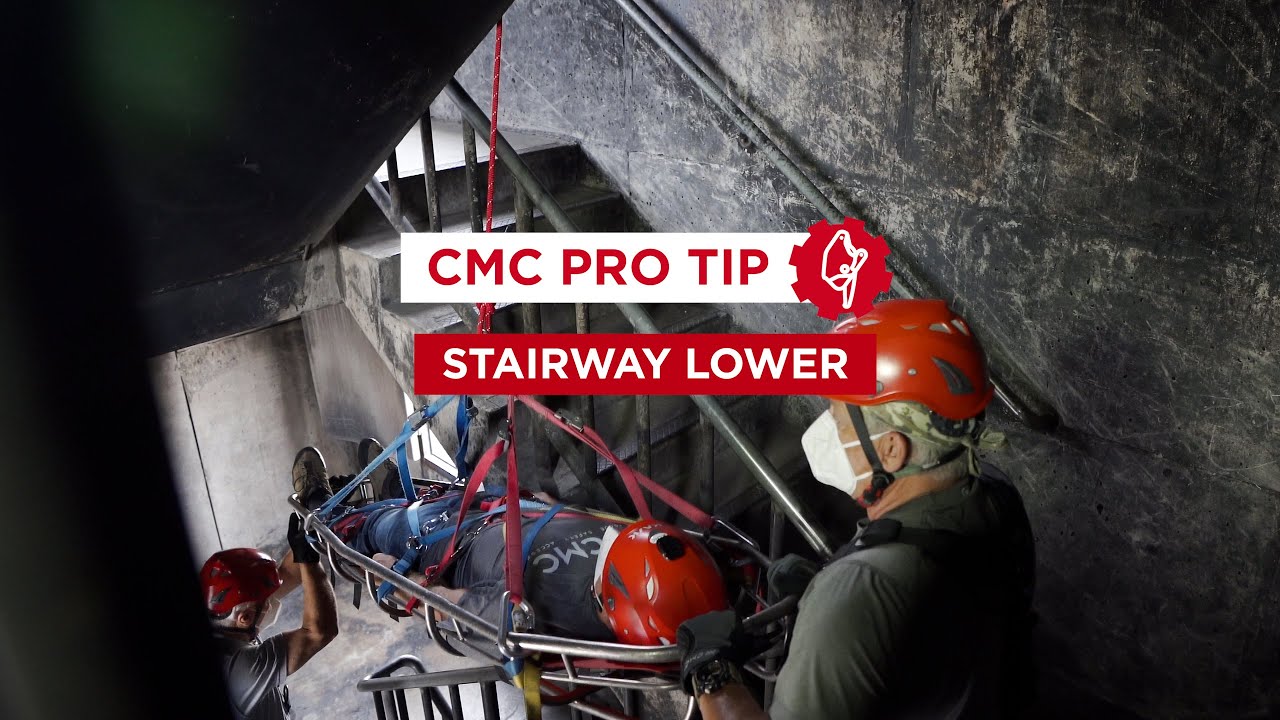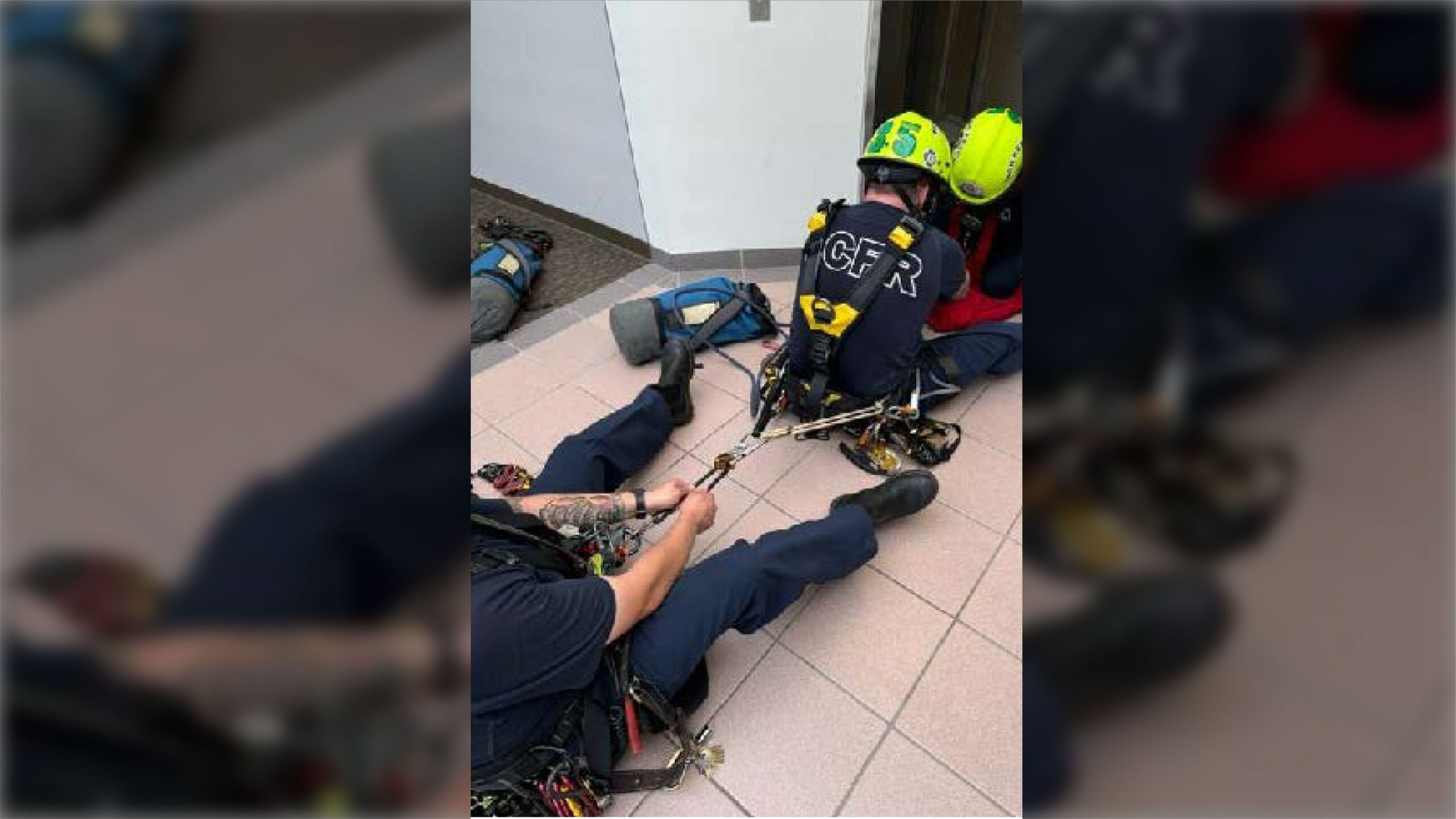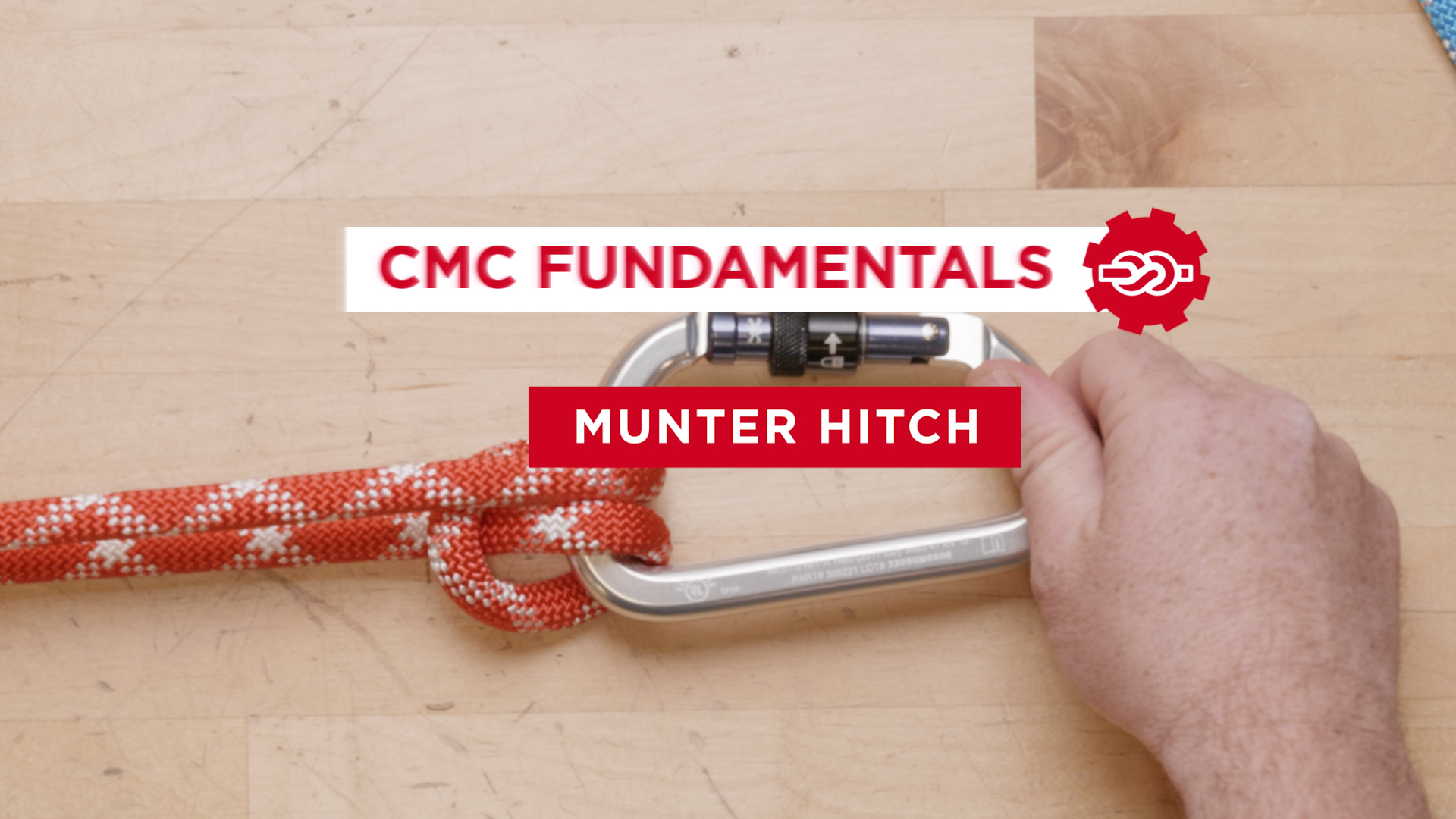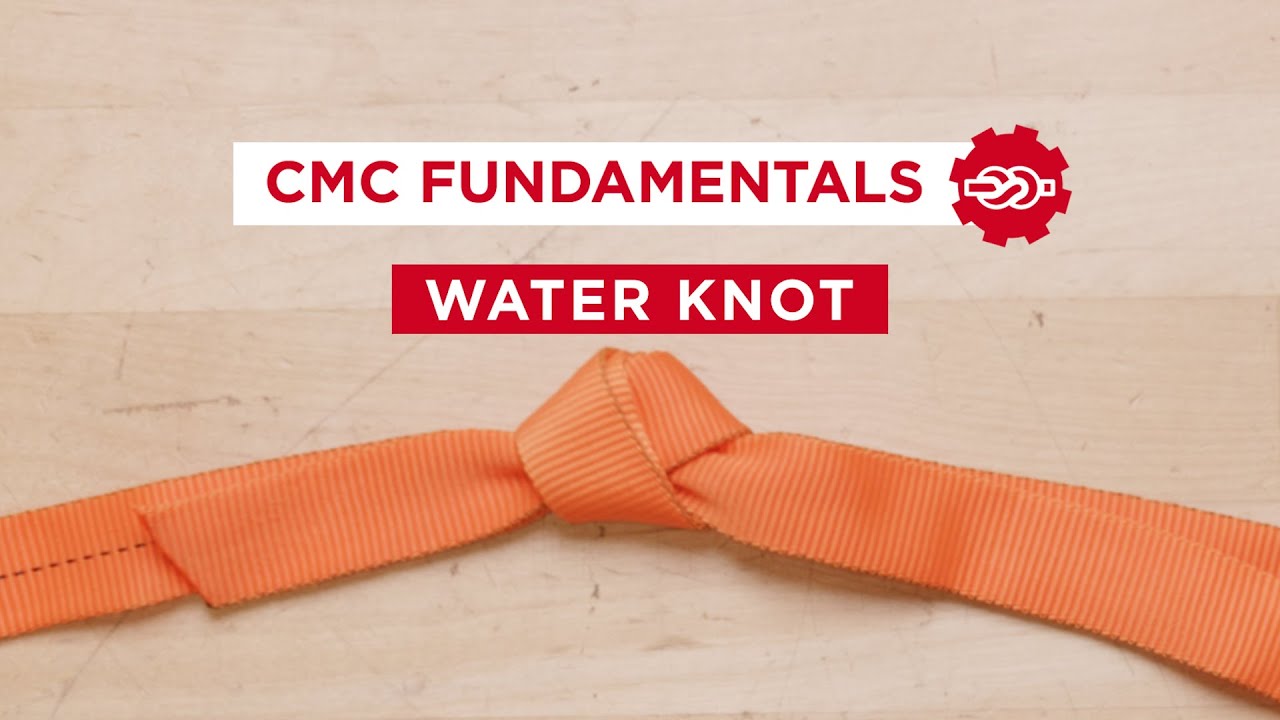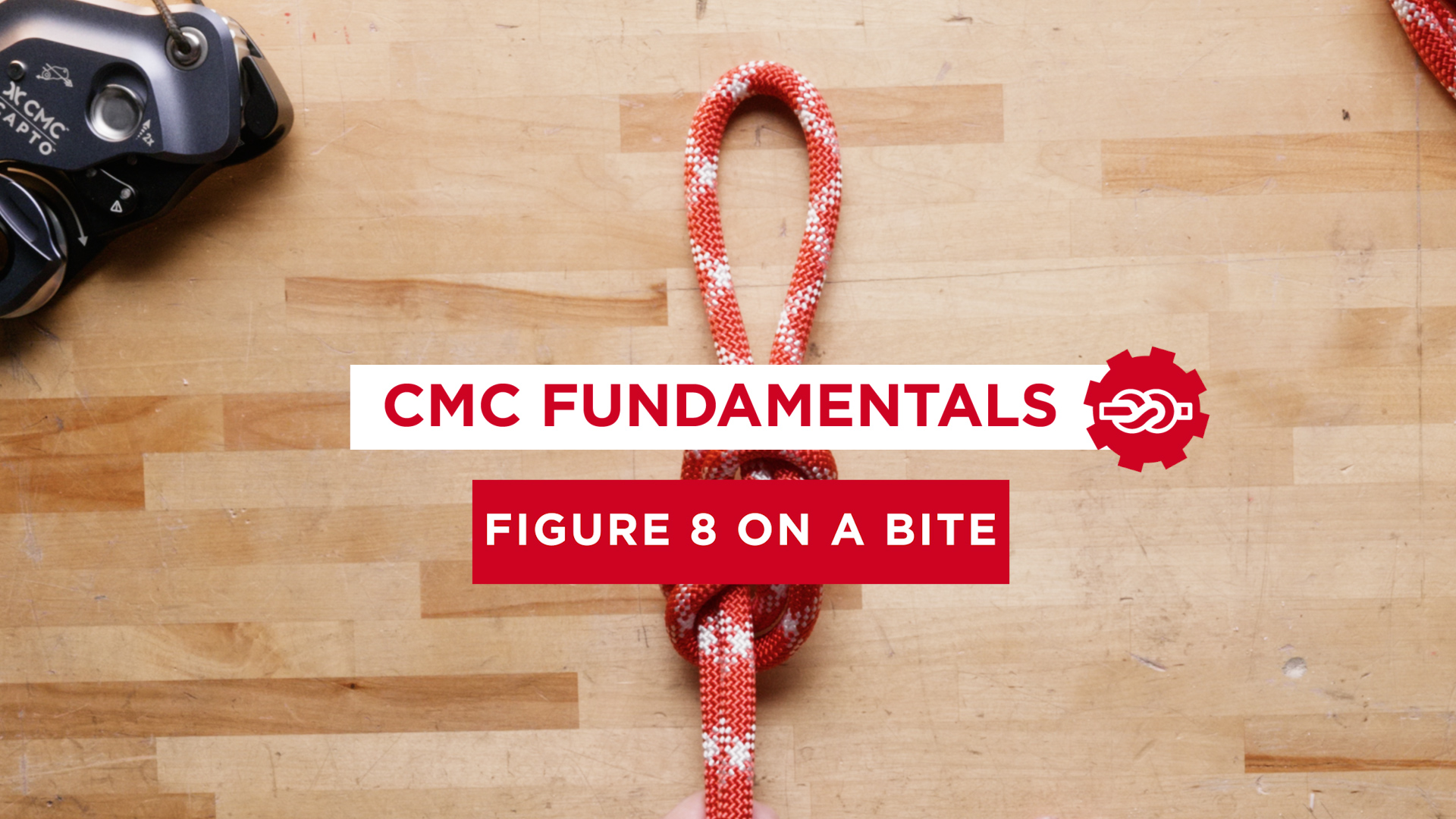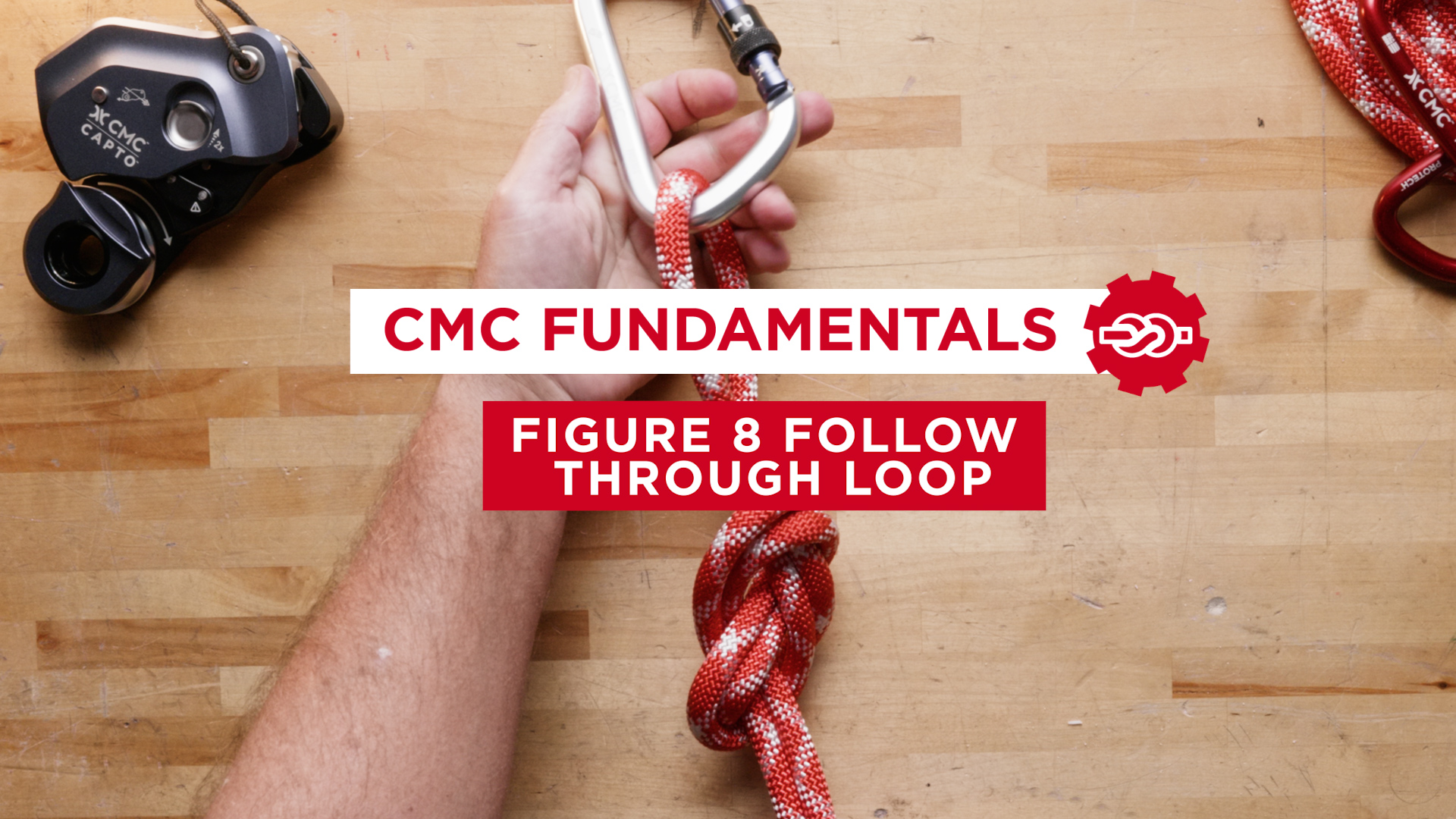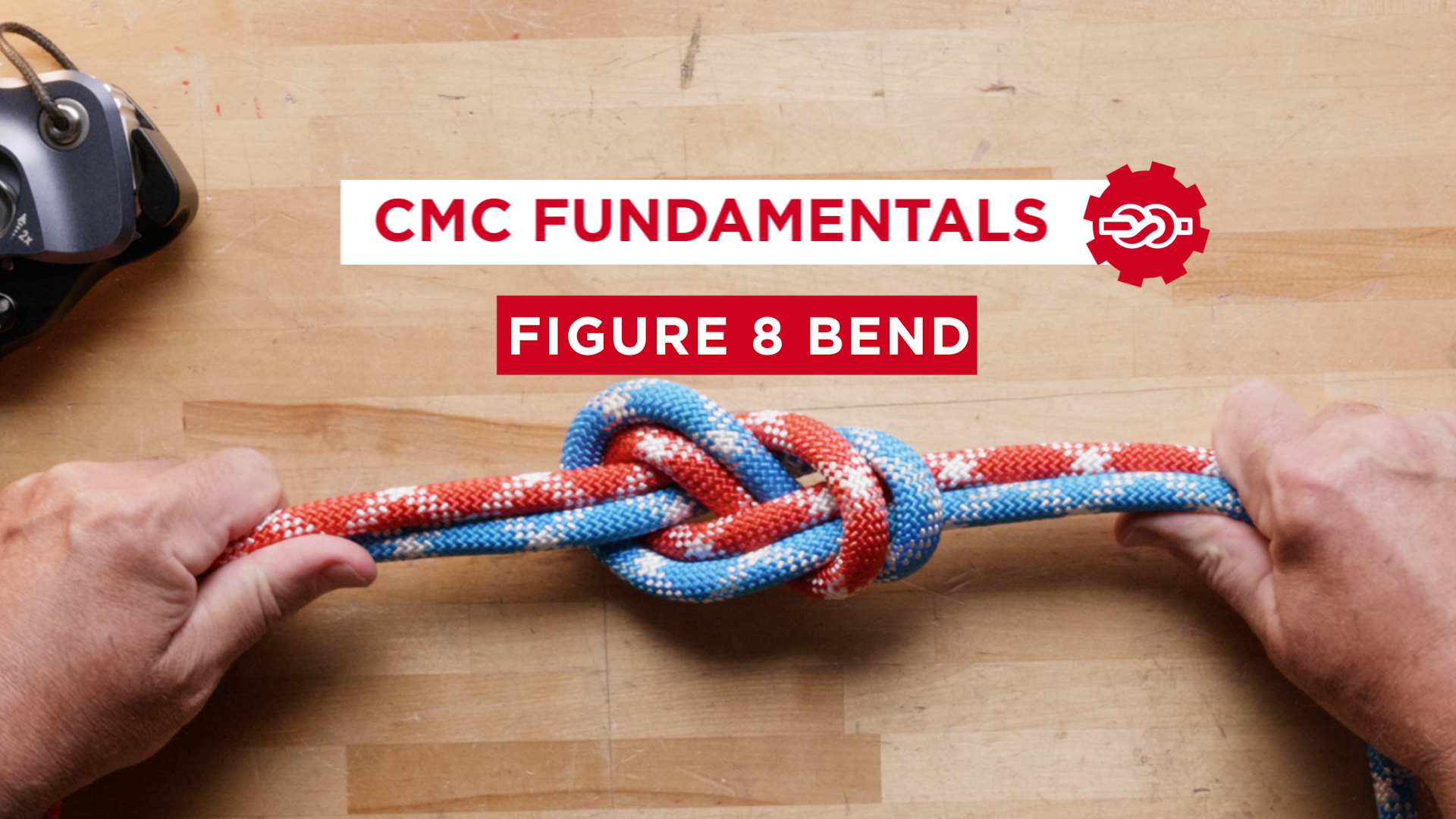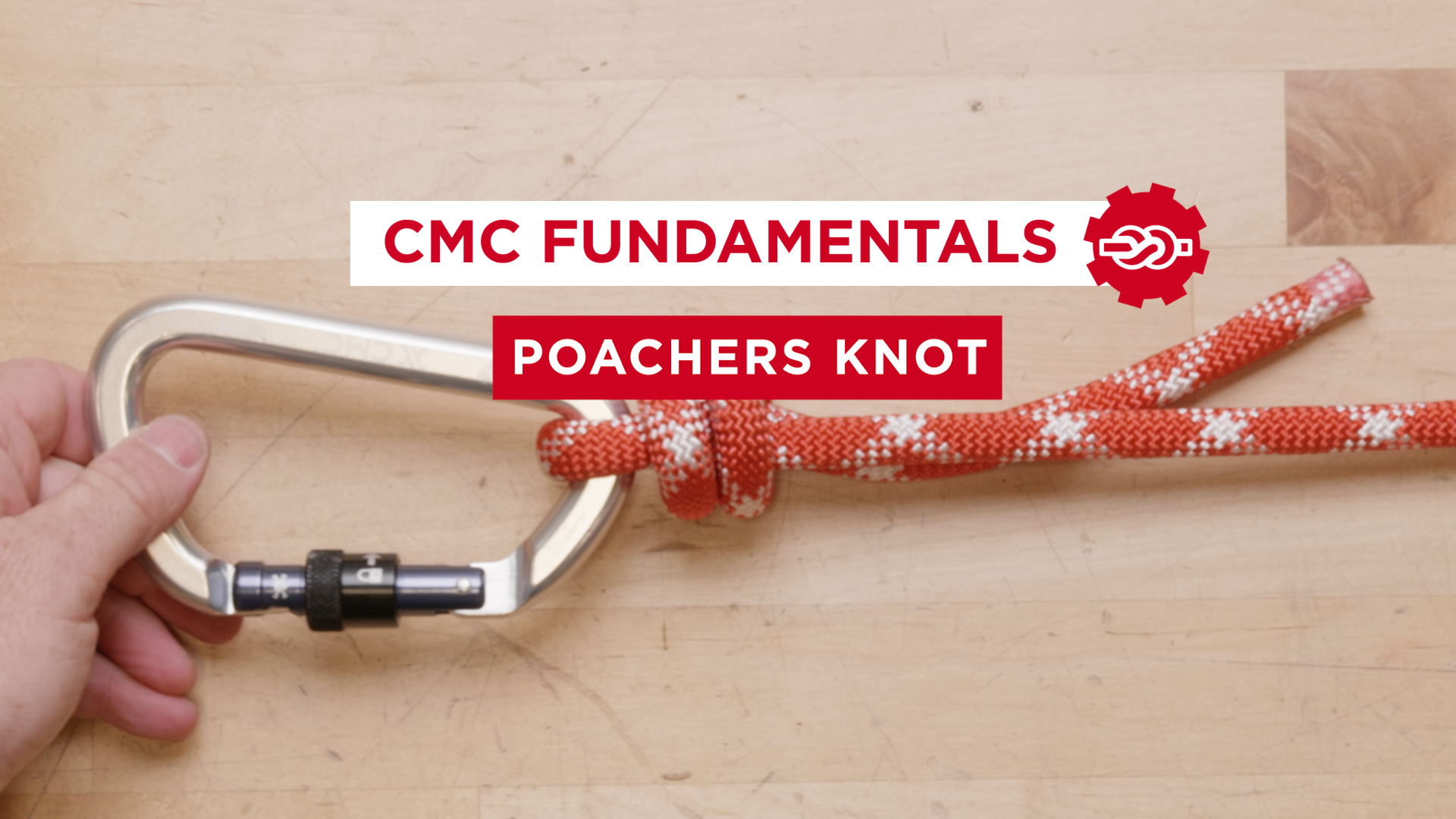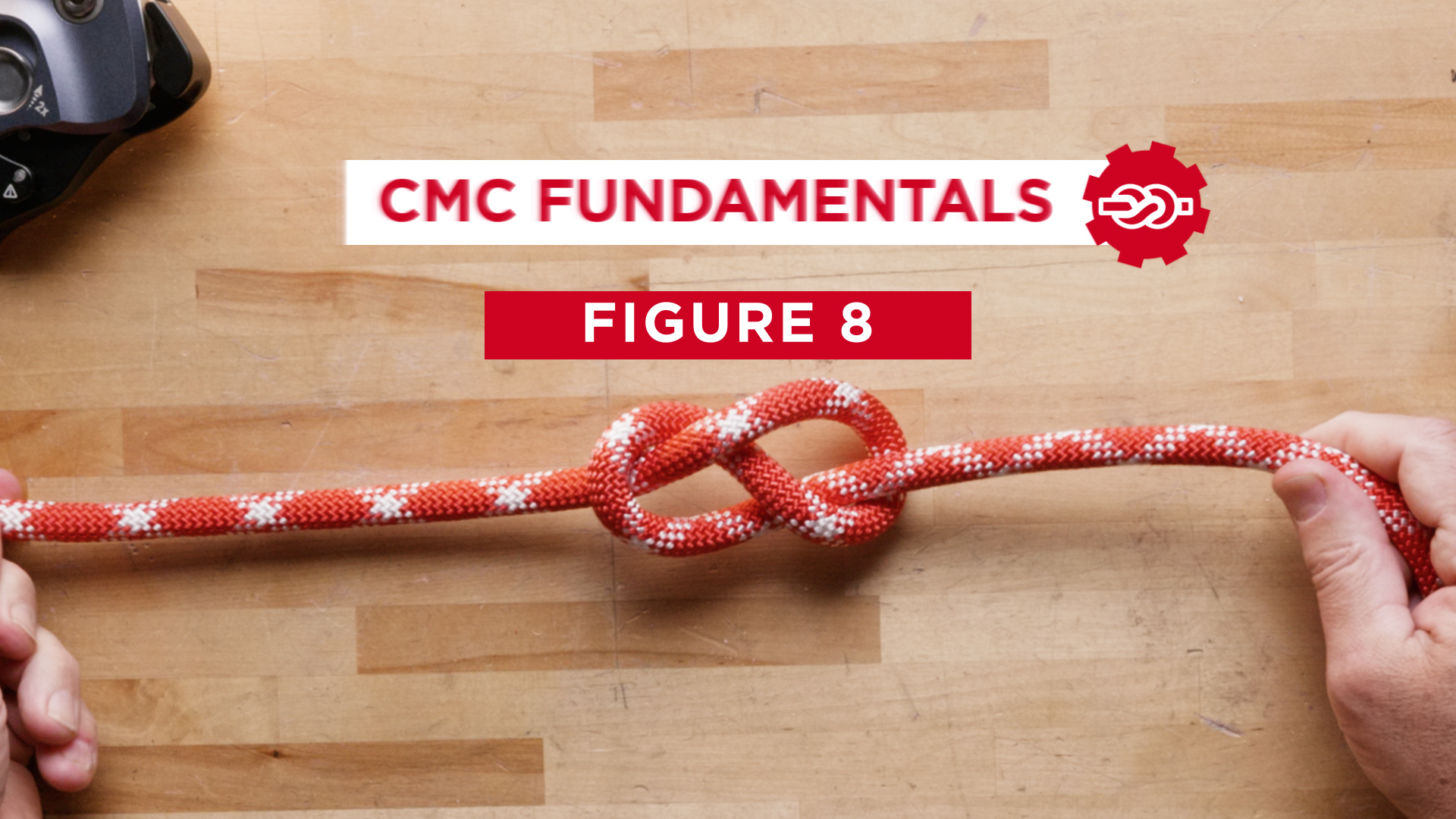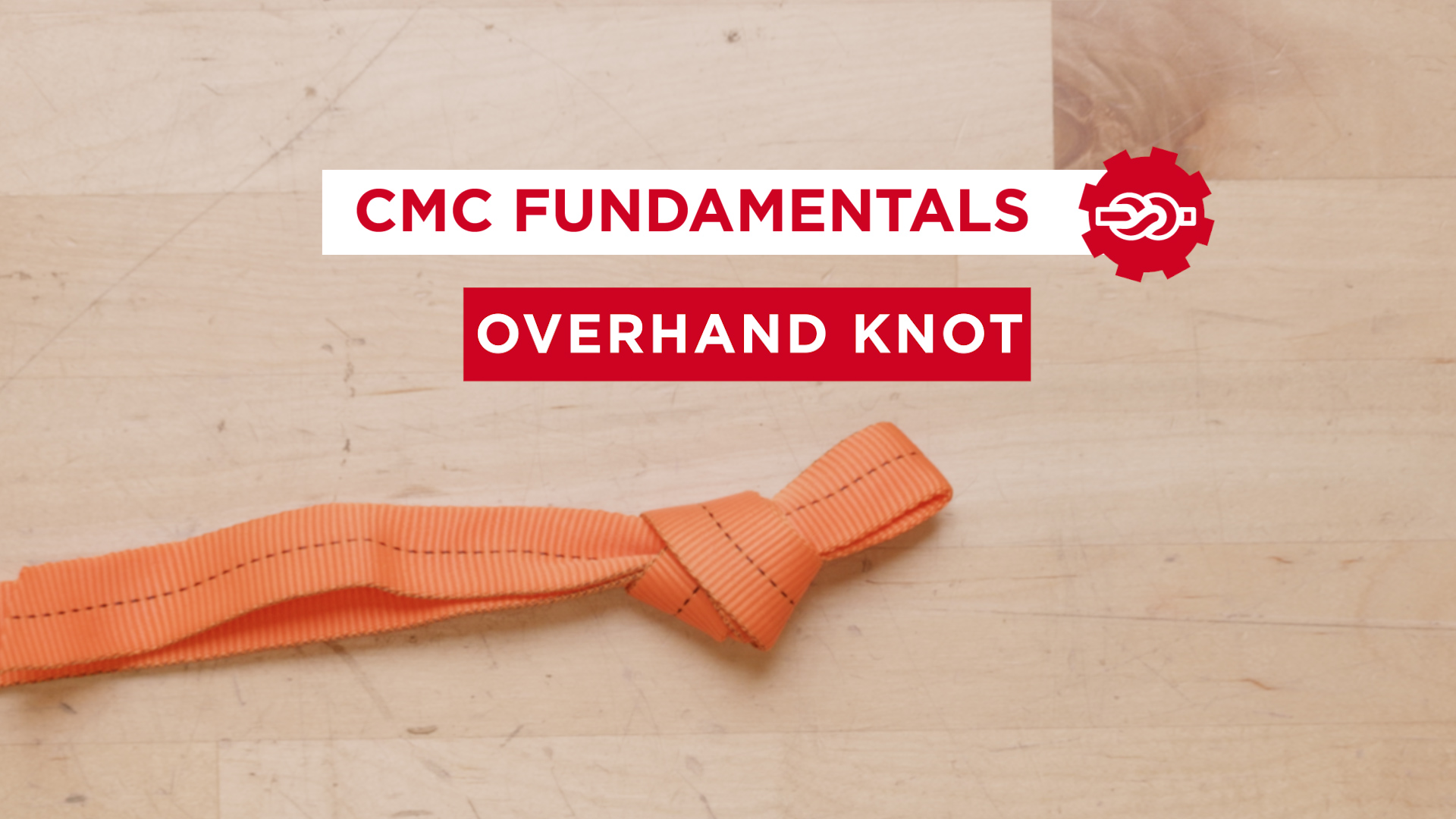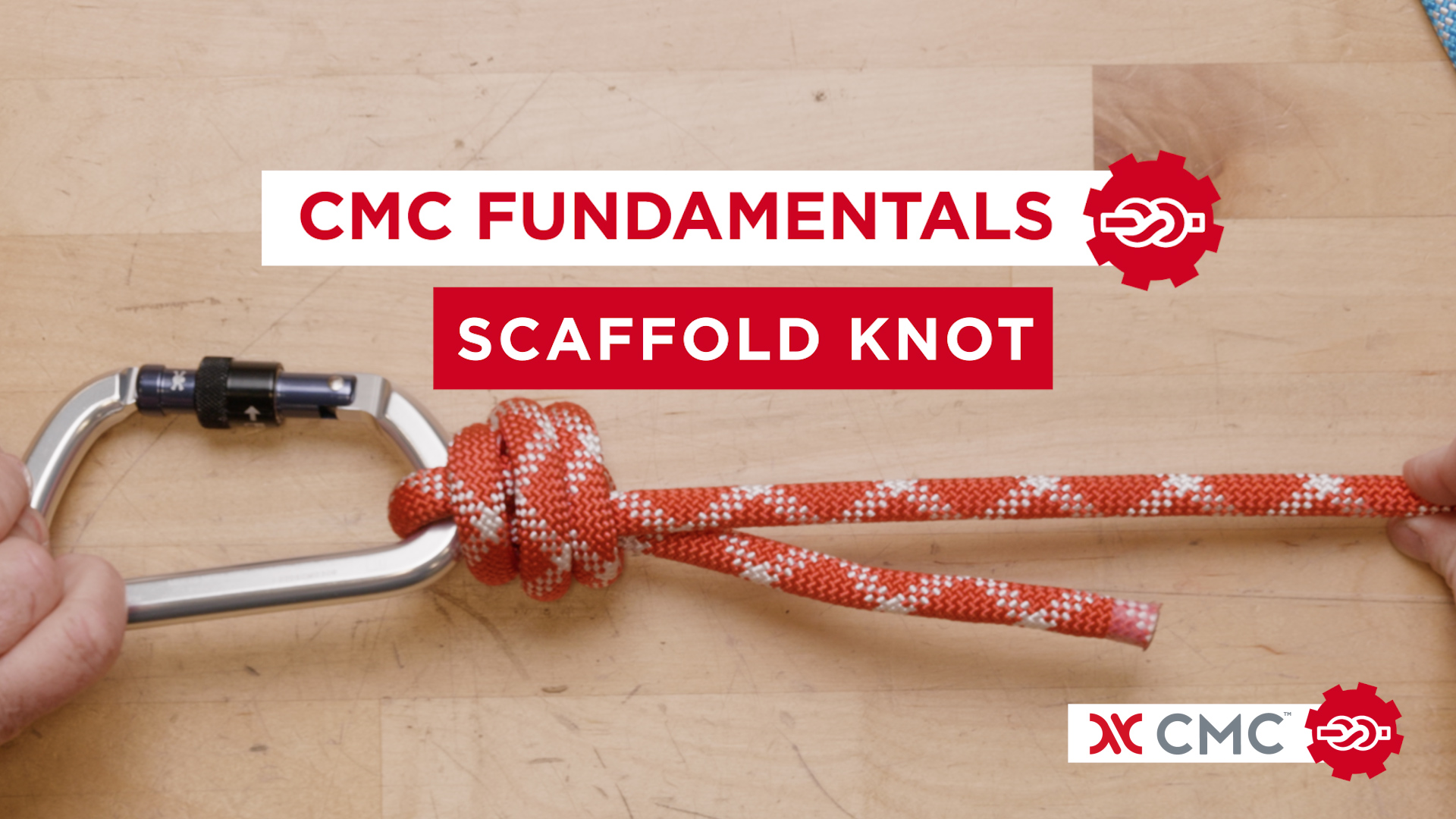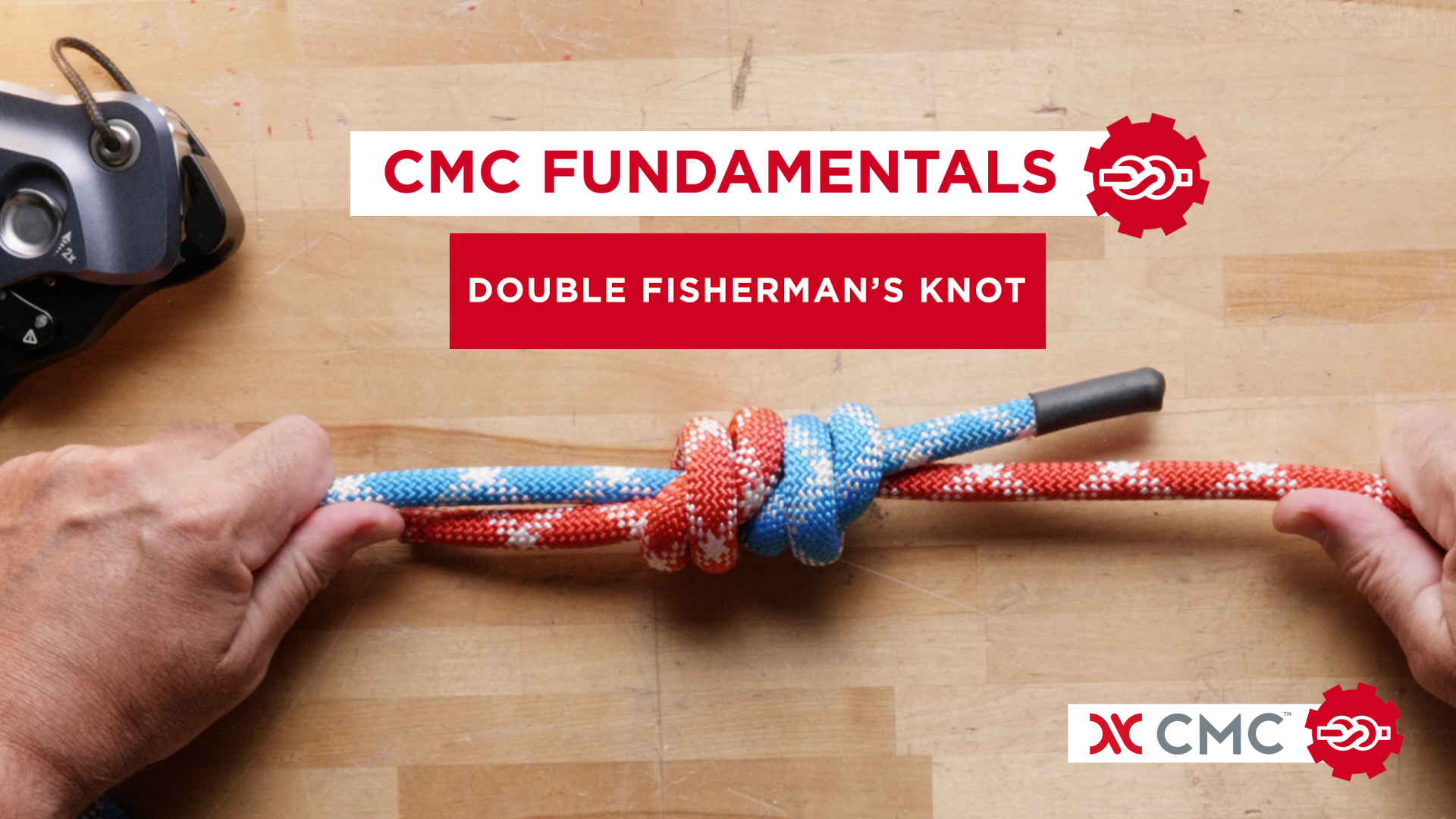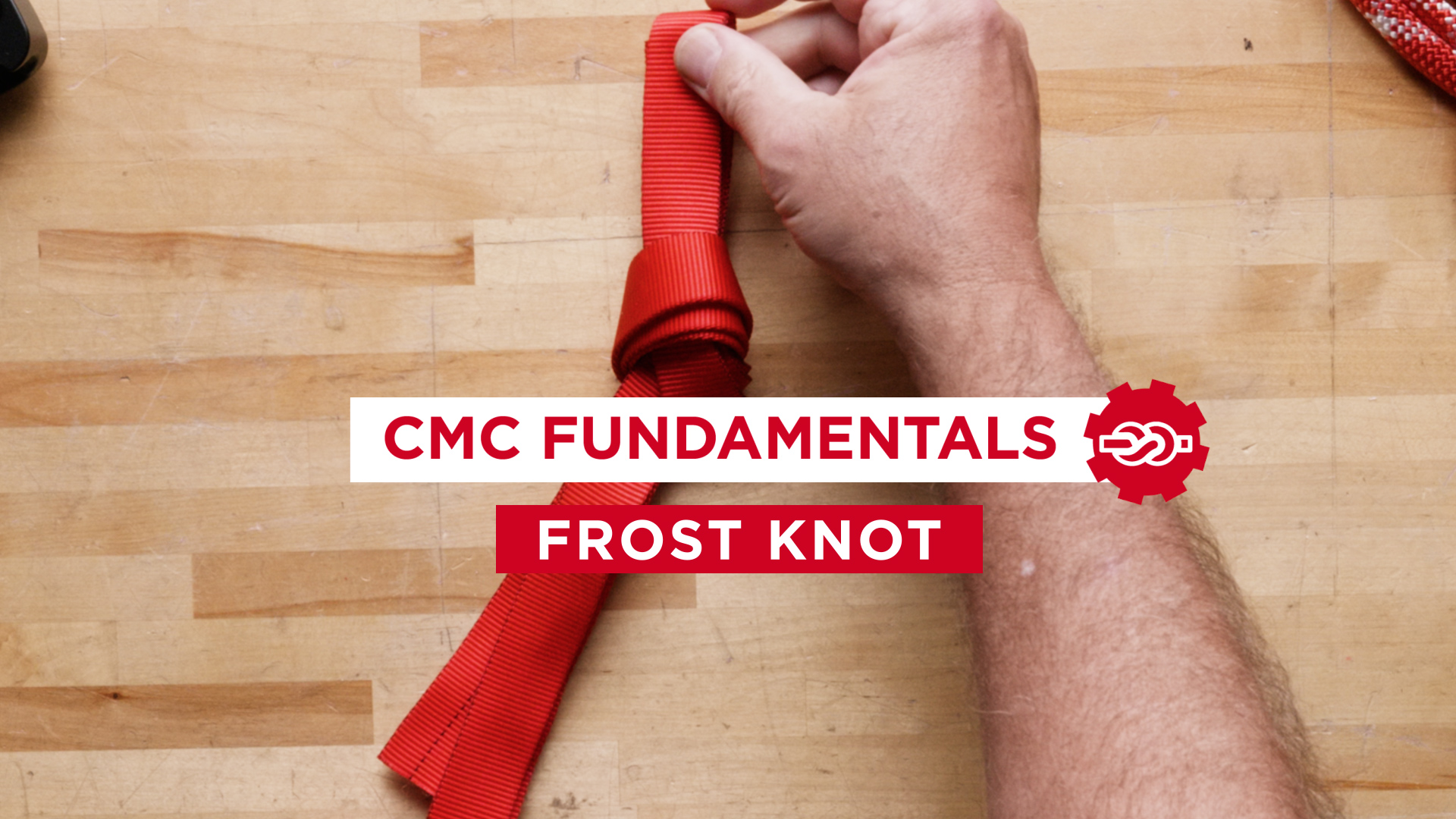CMC Pro Tip: Stairway Lower
Rescuers may be faced with a scenario where they may need to take a loaded litter down a stairwell. The stairway lower is an option that takes the weight of the patient and transfers it to a rope system. To use this technique, the stairwell must have a gap between the risers that is at least the width of a rope. In this video, the CLUTCH is used as a descent control device for lowering the litter. Its built-in safety features and ability to manage heavy loads make it the ideal tool for the job.
**Full Transcript Below**
Rescuers may be faced with a scenario where they may need to take a loaded litter down a stairwell. The stairway lower is an option that takes the weight of the patient and transfers it to a rope system.
To use this technique, the stairwell must have a gap between the risers that is at least the width of a rope.
If possible, start at least one floor above the patient’s location. Find an anchor that is near the midpoint of the stair riser and secure a Clutch or other descent control device and rope to the anchor. After patient packaging is complete, take the working end of the rope and attach it to a litter bridle. The legs of the bridle should be shortened as much as practical once attached to the litter.
Once a system safety check has been completed the patient can be moved towards the stairs while simultaneously taking the slack out of the Clutch. Once the load is supported by the rope system the rescuers simply guide the litter down the stairwell while the rope holds the weight of the load.
Some stair risers, especially at industrial facilities, are made of steel I beams. These types of hazards typically require extra personnel at each floor to vector the rope away from these sharp edges. Placing edge protection may be time consuming because the rope tends to slide laterally as the litter goes down each stair riser.
In most situations this is a one rope operation for three reasons. First, the litter is usually less than a few feet from the stair treads; second, there will be significant twisting of the ropes if two ropes are used; and finally, a two-rope system creates more problems than it solves in this application.
It is important to keep the litter as close to the stairs as possible to avoid a large drop should the mainline or any of its components fail. If you are unable to keep the litter reasonably close to the stairs you may consider deploying a second rope system to act as a backup to the mainline.

